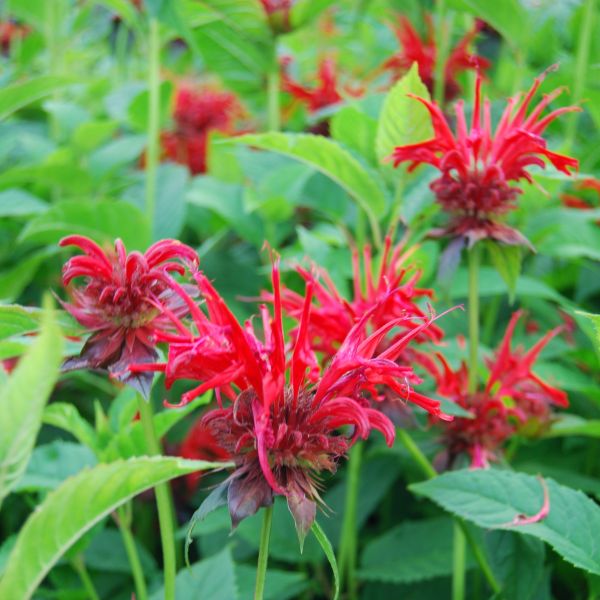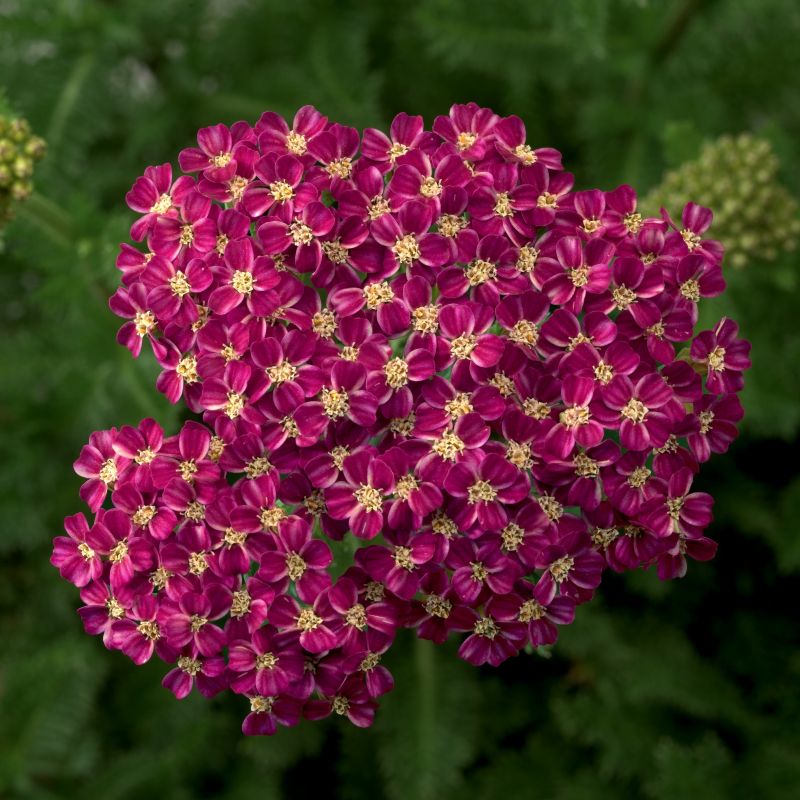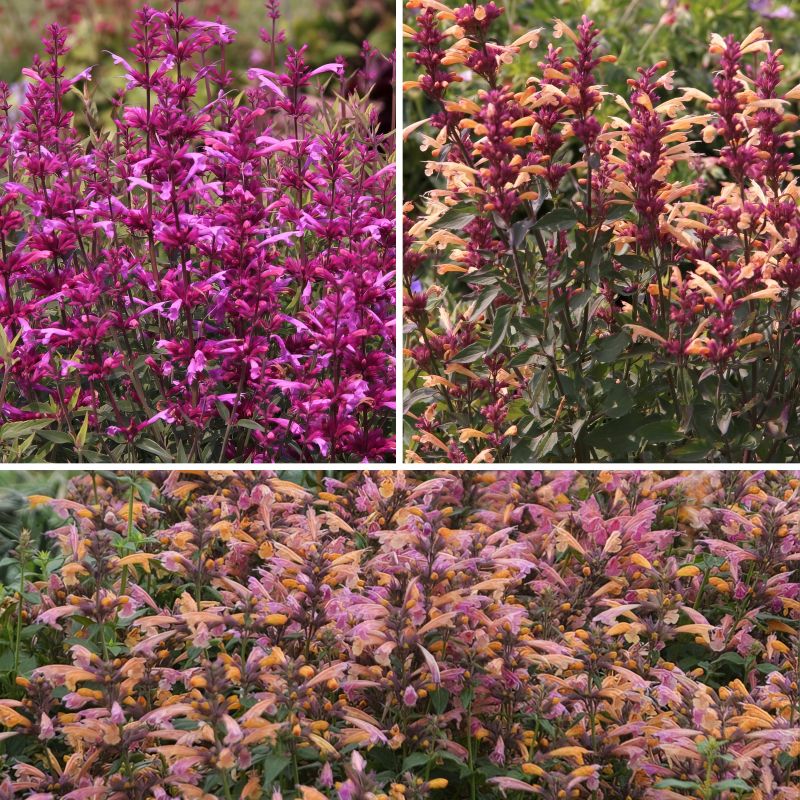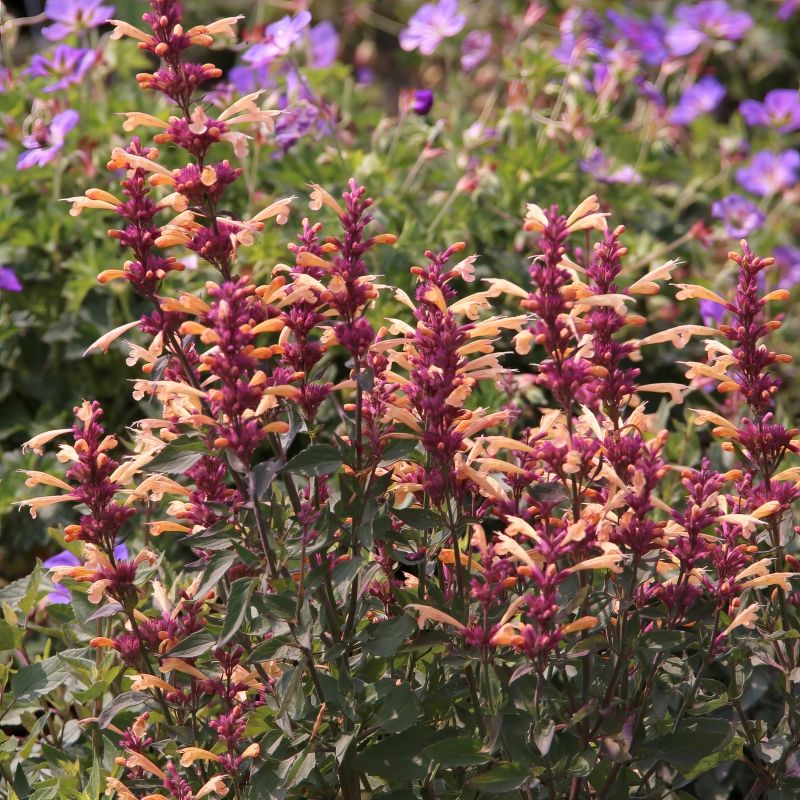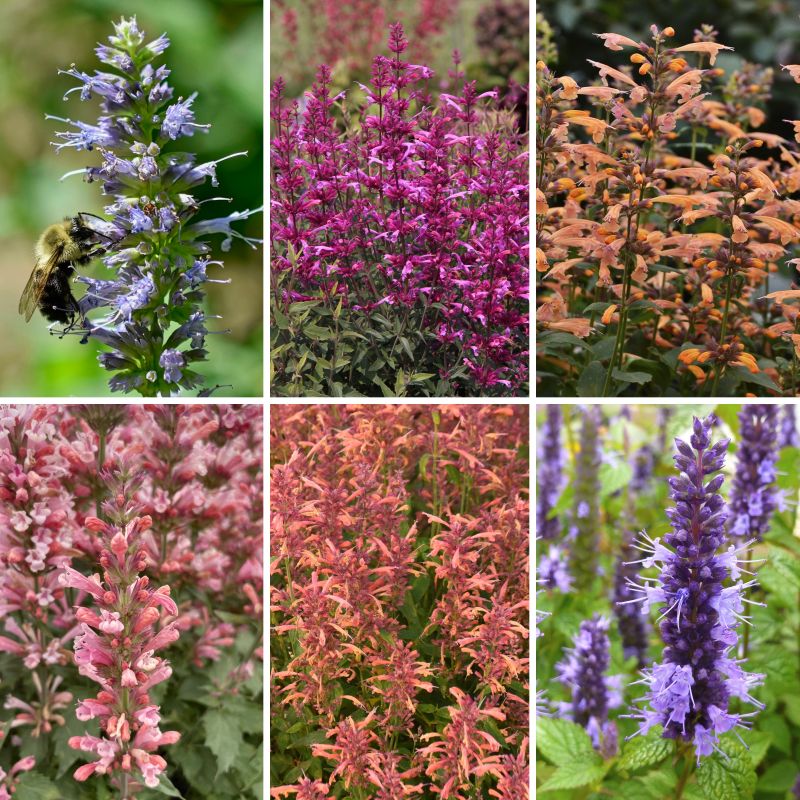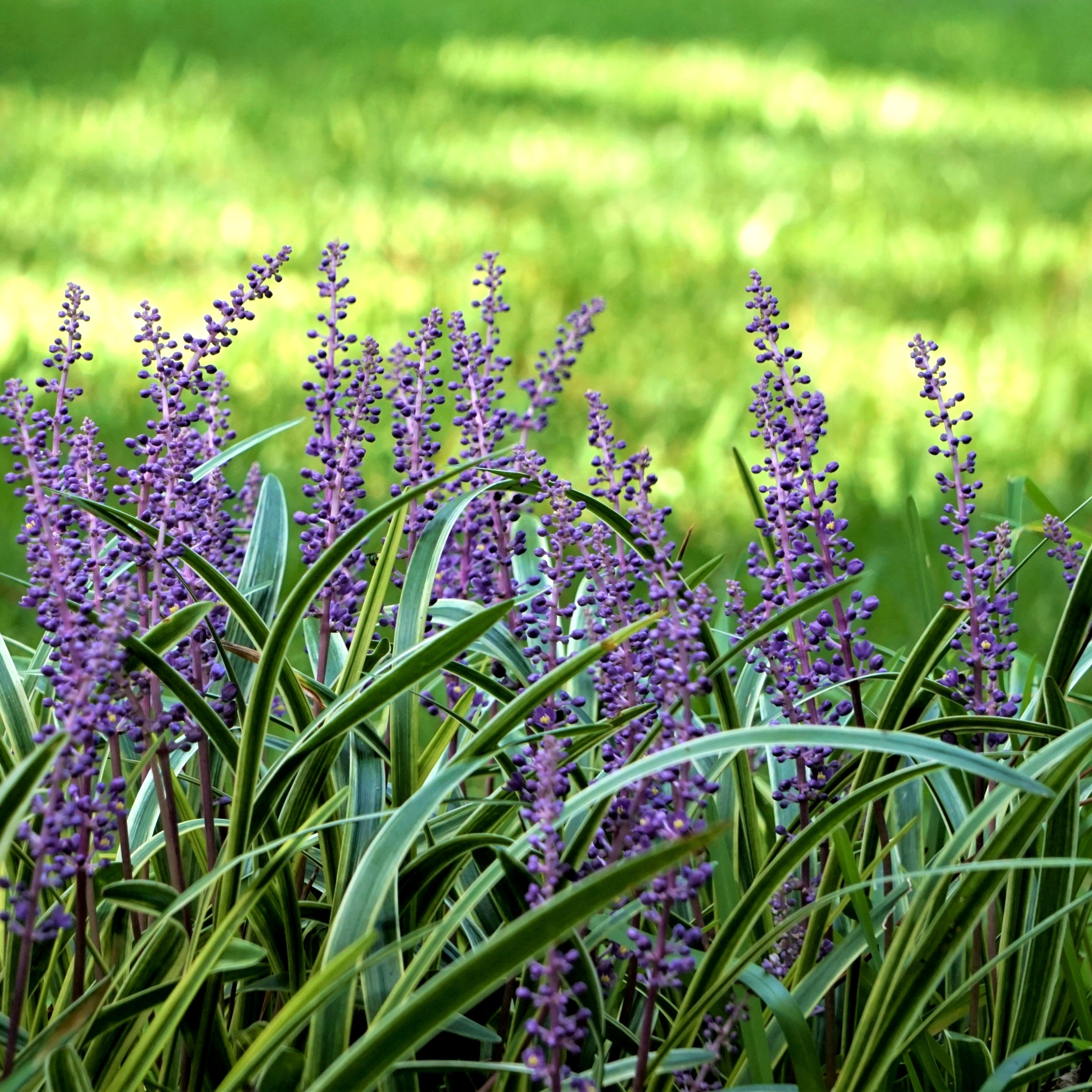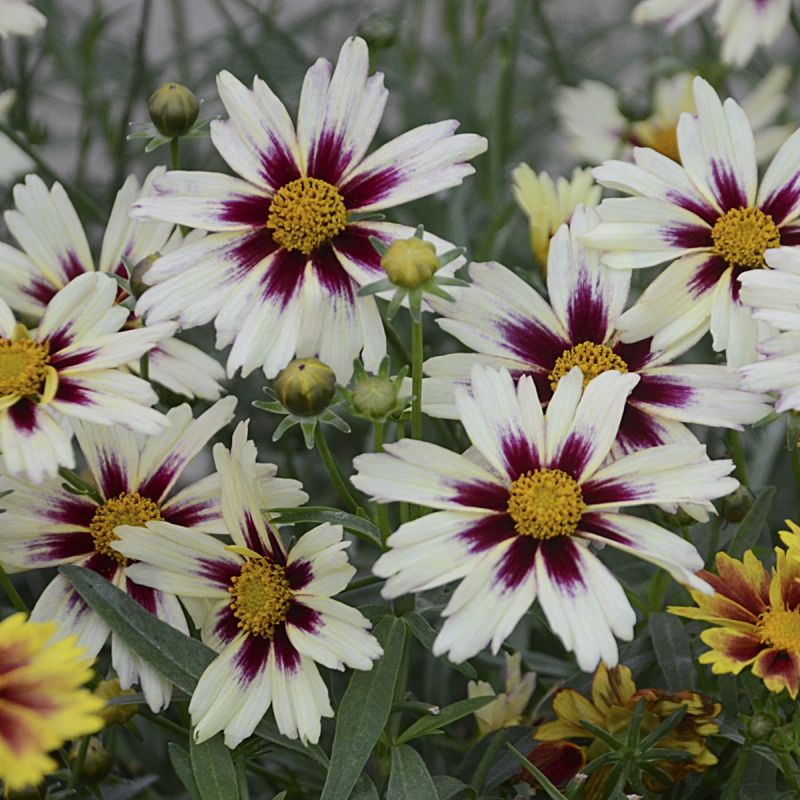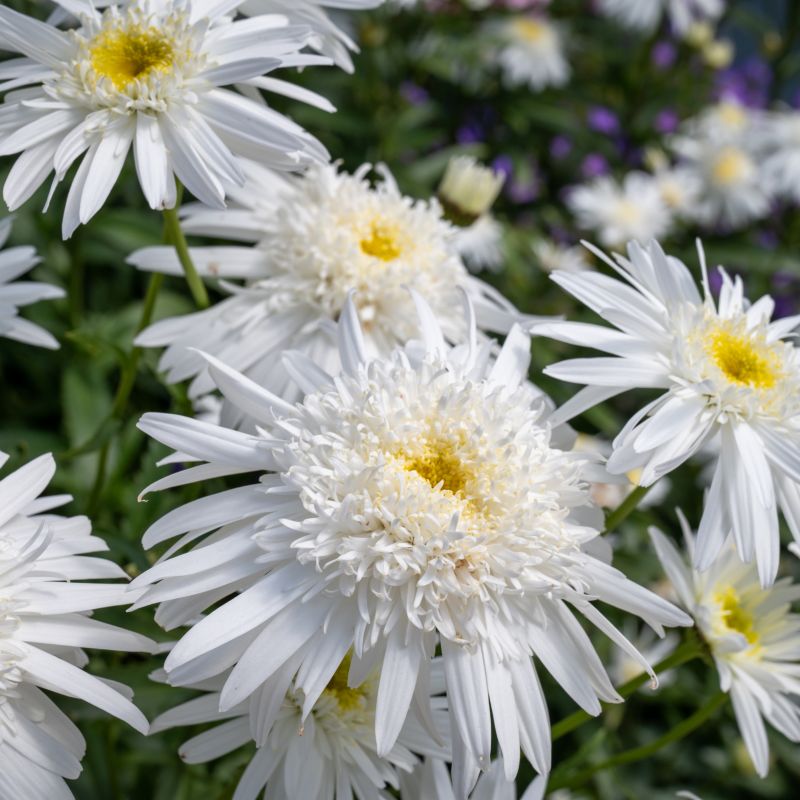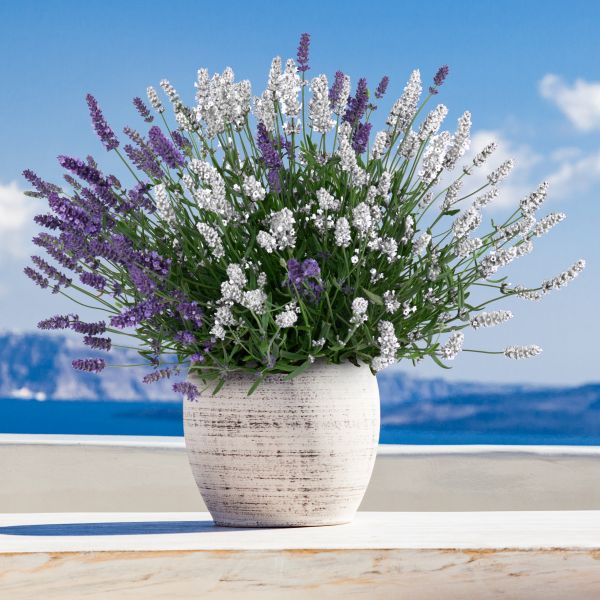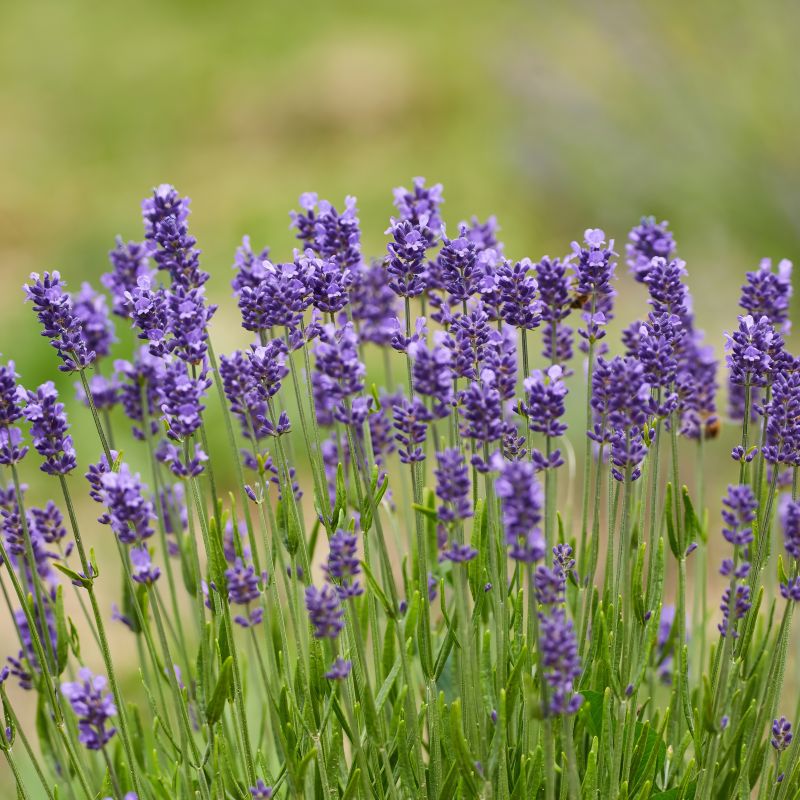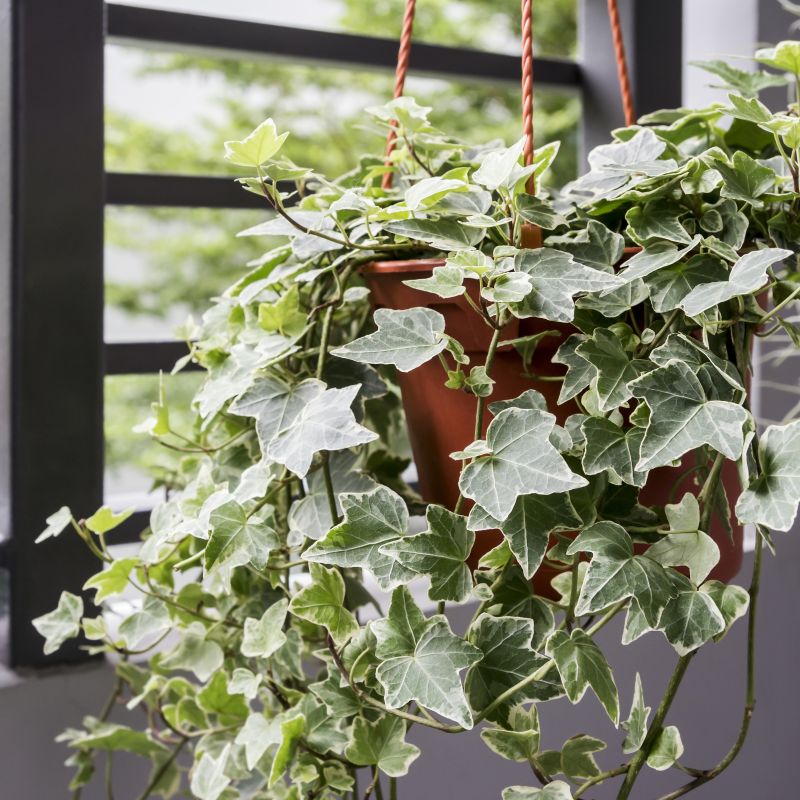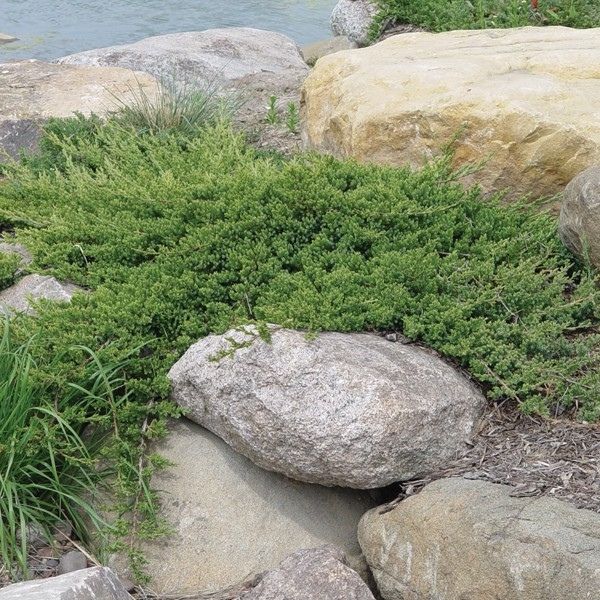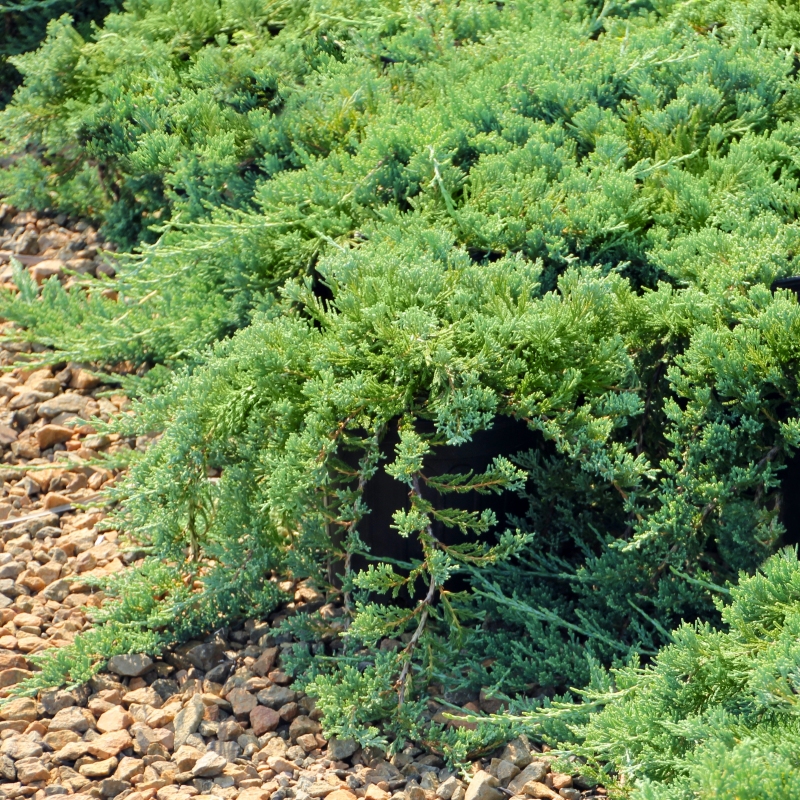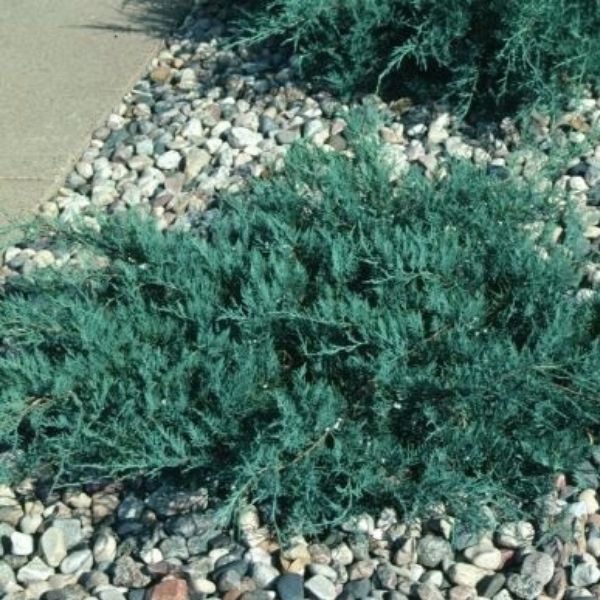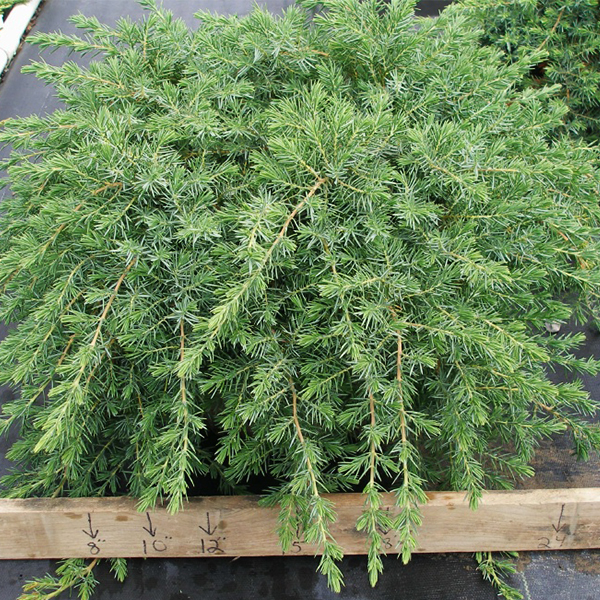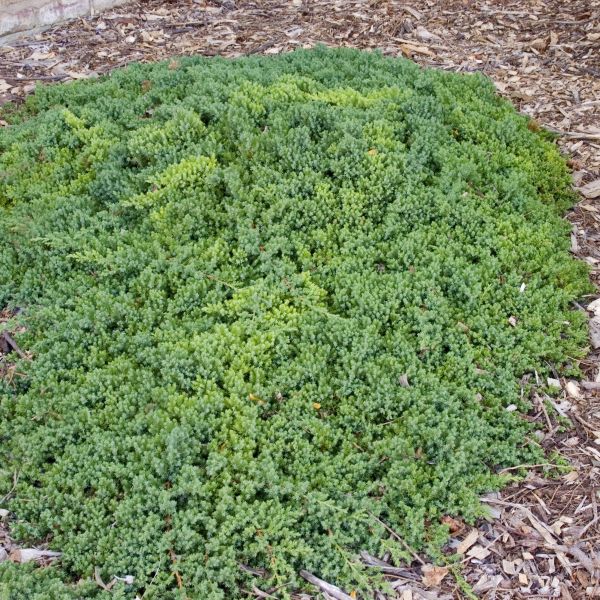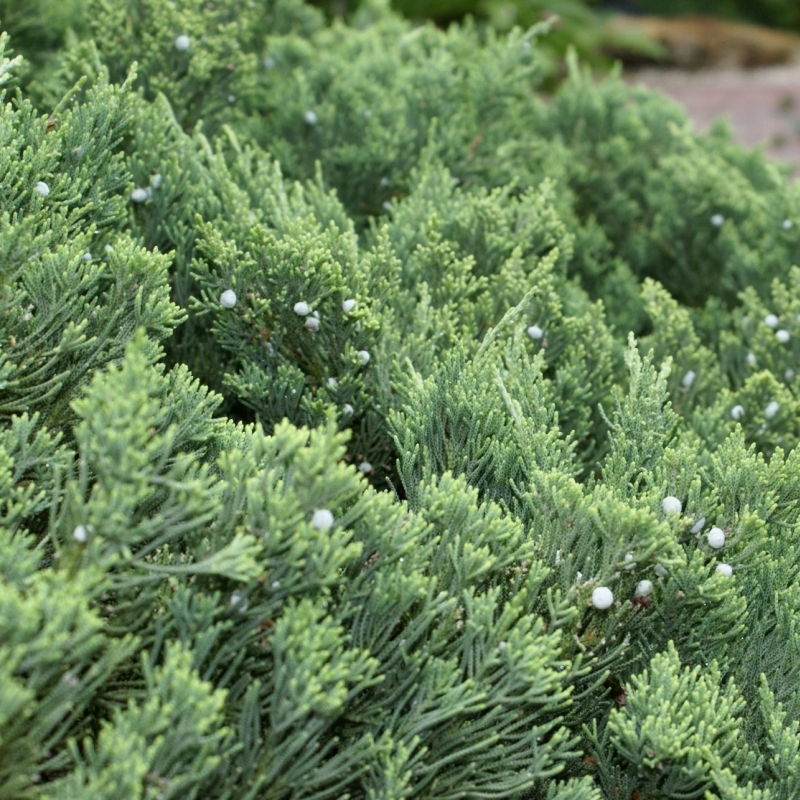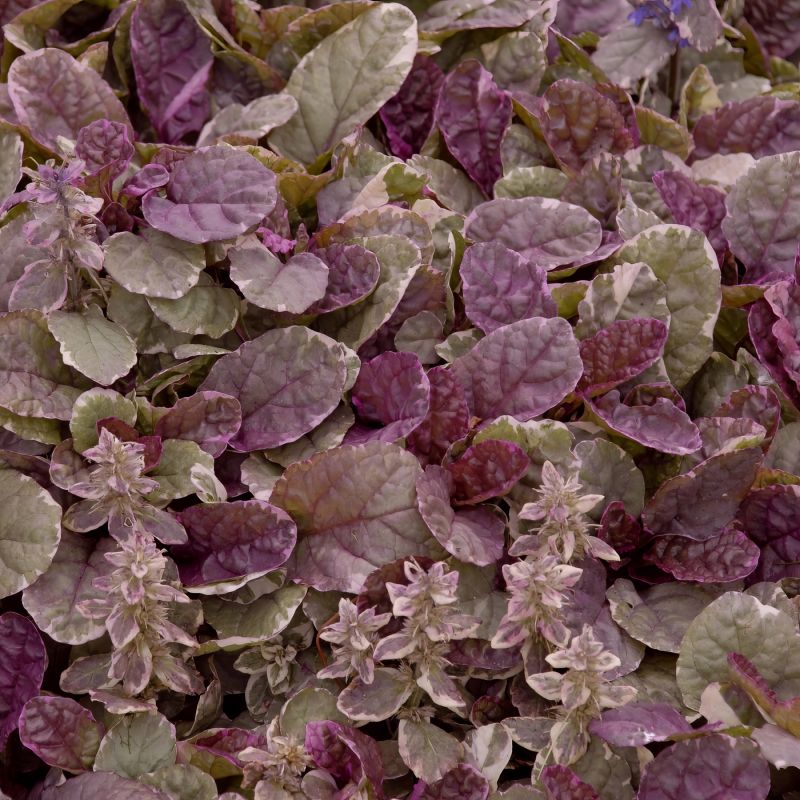

Jacob Cline Bee Balm
Monarda didyma 'Jacob Cline'
18 reviews


Jacob Cline Bee Balm
Monarda didyma 'Jacob Cline'
18 reviews
- Large, vibrant red blooms that attract hummingbirds and butterflies
- Tolerant of heat and drought conditions
- Deer resistant and low maintenance
- Ships to 43215 in 7-10 Days
- Free Shipping Over $150
- Plant Arrival Guarantee
- In Stock
- Free Plant Consult
$200
$53.00
$76.00
30% Off
1.5 Gallon
We are sorry, product is currently out of stock due to seasonal availability. Please check the "Related plants available in your area" section below
Why Jacob Cline Bee Balm?
Jacob Cline Bee Balm is an herbaceous perennial known for its large, showy red flowers that bloom in mid to late summer. It has a long blooming period and attracts bees, butterflies, and hummingbirds to the garden. It prefers full sun to partial shade and moist, well-draining soil. This plant is low maintenance and makes a great addition to any garden or landscape.
Related plants available in your area
Sunlight
Jacob Cline Bee Balm requires full sun or at least six hours of direct sunlight per day to thrive.
Watering
Jacob Cline Bee Balm requires regular watering to keep the soil consistently moist, especially during periods of drought or hot weather. It prefers well-draining soil and should be watered deeply but infrequently to avoid overwatering and root rot.
Fertilizing
Jacob Cline Bee Balm requires a balanced fertilizer with an NPK ratio of 10-10-10 or similar.
Jacob Cline Bee Balm: A Fail-Proof Way to Create a Dramatic Effect in Your Landscape Design
Imagine fashioning a breathtaking romantic retreat in the heart of your backyard. This is where Jacob Cline Bee Balm (Monarda Didyma 'Jacob Cline') comes into the picture to make a fantasy, that belongs only in fairytales, real! Overlooking the intense, deep, and vibrant shades of the passionate blooms, an outdoor seating area can be tucked into this breathtaking beauty.
Dramatic, passionate, intense, and exceptionally vibrant, the enormous red flowers of the Monarda ‘Jacob Cline’ portray romantic playfulness at their brilliant best. Transforming your outdoor space into one big bouquet of red flowers, the showy flower heads add oodles of magical charm to your space.
While the big picture of the globe-shaped blooms breathes life into a romantic retreat, a closer look at the details suggests playfulness. This clearly shows in the long, carefree, and tubular petals that add a touch of whimsy to the scene.
What even adds to the overall beauty of this plant is every other detail that complements this piece of art. The lance-shaped dark green aromatic foliage covers your garden with a refreshing citrus scent that amps up the cheerful vibes, the adorable flowers attract hummingbirds and butterflies that add splashes of color and movement, and the dark purplish bracts go in harmony with the red flowers.
Rabbit, powdery mildew, and deer-resistant, Jacob Cline Bee Balm is a clump-forming perennial that features USDA growing zones 4 to 9, reaches a mature size of 3 to 4 feet in height and 18 to 24 inches in spread, thrives best in full sun to partial shade, and prefers moist but well-drained soil.
Bring charm, value, and natural benefits to the scene. Order your Jacob Cline Bee Balm from ShrubHub today!
Plant Information:
| Botanical Name: | Monarda didyma 'Jacob Cline' |
| USDA Zones: | 4-9 |
| Water: | Moderate to Low |
| Exposure: | Full Sun |
| Soil Needs: | Well Drained |
| Mature Height: | 3 - 4 feet |
| Mature Spread: | 18 - 24 inches |







Pollination Info
Pollination Information for Jacob Cline Bee Balm (Monarda 'Jacob Cline')
Monarda 'Jacob Cline', commonly known as Jacob Cline Bee Balm, is a perennial herb that belongs to the mint family, Lamiaceae. This plant is native to North America and is widely grown for its showy, scarlet-red flowers that attract a variety of pollinators.
Pollinators of Jacob Cline Bee Balm
Jacob Cline Bee Balm is a magnet for pollinators, especially bees, butterflies, and hummingbirds. It is a great addition to any pollinator garden or wildlife habitat. The flowers of this plant are rich in nectar and pollen, making them a valuable source of food for these beneficial insects and birds.
Pollination Mechanisms
The pollination of Jacob Cline Bee Balm mainly occurs through the process of cross-pollination, where pollen grains are transferred from the anthers of one flower to the stigma of another flower of the same species. This can either be facilitated by wind, insects, or other animals.
Insects such as bees, butterflies, and moths are attracted to the bright-colored flowers of Jacob Cline Bee Balm, where they feed on the nectar produced by the plant. In the process, pollen grains get attached to the insect's body and are transferred to the next flower they visit, facilitating cross-pollination.
Hummingbirds are also important pollinators of Jacob Cline Bee Balm. They are attracted to the bright-colored flowers and feed on the nectar produced by the plant. As they move from one flower to another, pollen grains get attached to their feathers, and they transfer it to the next flower they visit.
Effects of Pollination
Pollination is essential for the reproduction and survival of plants. The transfer of pollen from the anthers to the stigma of the same or different plant results in fertilization, which leads to the formation of seeds. These seeds, in turn, produce new plants, ensuring the continuity of the species.
Furthermore, pollination also promotes biodiversity by ensuring the survival of different plant species and their associated pollinators. It also plays a crucial role in maintaining the balance of ecosystems and providing food for wildlife.
FAQ
Jacob Cline Bee Balm (Monarda 'Jacob Cline') FAQ
What is Jacob Cline Bee Balm?
Jacob Cline Bee Balm (Monarda 'Jacob Cline') is a perennial flowering plant that belongs to the mint family (Lamiaceae).
What are the characteristics of Jacob Cline Bee Balm?
Jacob Cline Bee Balm has bright red tubular flowers that bloom in mid-summer. The flowers are two-lipped and attract bees, butterflies, and hummingbirds. The plant grows to a height of 2-4 feet and spreads up to 3 feet. The leaves are dark green, fragrant, and have a minty aroma.
What are the ideal growing conditions for Jacob Cline Bee Balm?
Jacob Cline Bee Balm prefers full sun to partial shade and moist, well-drained soil. It can tolerate some drought once established. The plant is hardy in USDA zones 4-9. It is also deer-resistant.
How do I plant Jacob Cline Bee Balm?
You can plant Jacob Cline Bee Balm in spring or fall. Dig a hole twice as wide as the root ball and mix in some compost. Place the plant in the hole and backfill with soil. Water thoroughly and mulch around the plant to retain moisture.
How do I care for Jacob Cline Bee Balm?
Keep the soil moist but not waterlogged. Water deeply once a week during dry spells. Deadhead the spent flowers to promote new blooms. Cut back the plant by one-third in late summer to prevent it from flopping over. Divide the plant every 3-4 years to maintain its vigor.
Are there any pests or diseases that affect Jacob Cline Bee Balm?
Jacob Cline Bee Balm is susceptible to powdery mildew, a fungal disease that causes a white powdery coating on the leaves. You can prevent this by spacing the plants apart to improve air circulation, avoiding overhead watering, and removing infected leaves. You can also use a fungicide if necessary.
Can I use Jacob Cline Bee Balm in my garden?
Yes, Jacob Cline Bee Balm is a great addition to any garden. It adds color and attracts pollinators. You can plant it in borders, cottage gardens, or meadows. It also looks great in containers.
Planting & Care
Planting & Care for Jacob Cline Bee Balm (Monarda 'Jacob Cline')
Jacob Cline Bee Balm is a popular perennial plant that grows moderate to fast. Here are some tips for planting and taking care of this beautiful plant:
- Planting:
- Choose a location with well-drained soil and full sun to partial shade.
- Plant in spring or fall, digging a hole slightly deeper than the root ball and twice as wide.
- Add compost or other organic matter to the soil, mixing it well.
- Place the plant in the hole, making sure the crown is level with the soil surface.
- Backfill the hole and water thoroughly.
- Care:
- Water the plant regularly, especially during dry periods.
- Fertilize in the spring with a balanced, slow-release fertilizer.
- Pinch back new growth in the early spring to promote bushier growth and prevent flopping.
- Deadhead spent flowers to encourage more blooms.
- Cut the plant back to the ground in the fall.
- Watch for powdery mildew, which can be prevented by spacing the plants properly and watering at the base of the plant rather than on the leaves.
Check Out These Verified Customer Reviews:
Customer Reviews
4.8 out of 5 based on 18 reviews
Thank you! Your review has been submitted.
Well-packaged, arrived in perfect condition
Couldn't be happier with my Jacob Cline Bee Balm plant, it's flourishing beautifully.
Overall, a great experience buying from this store. Will definitely purchase again.
Item has been added to your cart.



